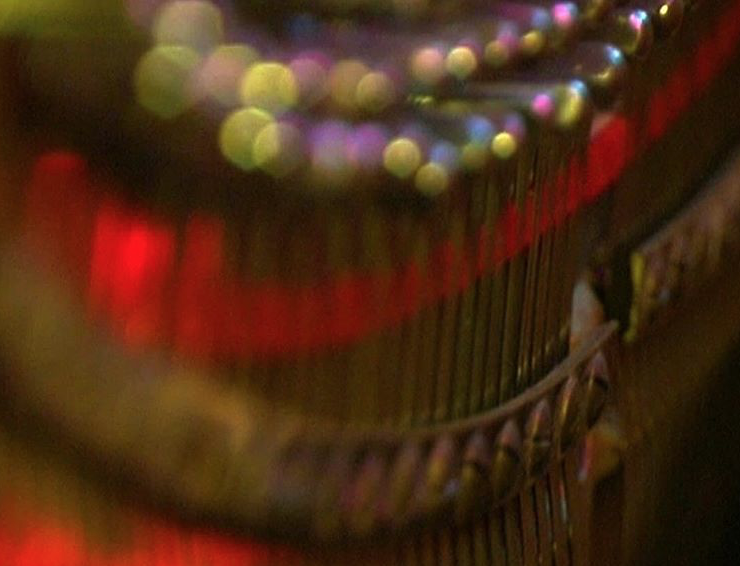Valerio Rocco Orlando
Valerio, let’s start with some news: you’ve recently received the 2016 Fondazione VAF Award with your work Niendorf (The Damaged Piano). What can you tell us of this experience?
Valerio Rocco Orlando: Niendorf (The Damaged Piano) is the title of a two-channel video installation that was created in collaboration with composer Michael Nyman on the occasion of Novara Jazz Festival in 2008. It focuses on the connections that underlay memory and artistic production and reflects on the relation between the artist, the medium, and the artwork itself. As provided in the assignment of the Award, the work has been acquired by the Mart Museum in Rovereto, one of the most important art collections in Italy. This is the occasion, for me as an artist, to reflect on the past decade of research and collaborations with the institutions and the social sphere; moreover, it encourages me to better understand what I am doing at the present moment, and to take new steps with greater confidence.
You realized a number of projects in various countries and in different cultural environments, always interacting with people from that place. Let us think, for instance, to What Education for Mars? and The Reverse Grand Tour. How important this kind of exchange is for an artist?
VRO: I believe ‘exchange’ is the keyword to understand the essence of my practice. My medium is the interaction, without it I would be like a painter with no muse, canvas, or colours. Something that emerged from the conversations of The Reverse Grand Tour is the fact that, for other artists, an isolation or a dialogue within the art system are the only areas where it’s possible to operate. In my experience, I decided to simply follow my nature, or maybe a characteristic that derives from my past education, focused more on collective practices such as theatre and cinema. When I was realizing the section of the project dedicated to education in Cuba – where I had the chance to live for a while in 2012 thanks to my participation in the Havana Biennial – I realized that the direct relation with the others is what truly gives substance to my research. Despite the difficulties, the daily exchange with the students has been fundamental for me both on the professional and personal point of view. I believe that, if the exchanges between artists, participants, and public result in a meaningful osmosis for everyone – being it the production or the fruition of the work – then art truly responds to its educational vocation. Nevertheless, I do not believe in a collective authority, but rather in the author’s responsibility of the aesthetic formalization of the work in order to give rise to an exchange with the others.
What method do you use to create your projects?
VRO: My starting point and the purpose of any new work, whether it is a public installation, a film or a publication, is to establish a relationship with the community built on trust. This relationship originates from the daily practices of actively listening, of observing and identifying with the others, as well as managing the processes of mediation.
What are you working on at the present moment?
In the last two years, I’ve been working on a movie with actor Saleh Bakri. This collaboration arose in the summer of 2014, during the Protective Edge operation when we decided to write an alternative story that eludes the war and the occupation. Our aim is to show what remains of Palestine today and to provide a depiction of the new generation that still lives in Israel and in the Palestinian territories.
–
Valerio Rocco Orlando (Milan, 1978) received a BA in Dramaturgy from Università Cattolica in Milan and an MA in Film Directing from Queen Mary, University of London. Crossing the threshold from an intimate portrait to a choral dialogue, through a variety of media, such as film, photography and installation, Valerio Rocco Orlando’s face-to-face practice rethinks and reenacts the sense of belonging in different communities around the world. By defining art as a process of analysis and mutual knowledge, his research produces an open discourse, collective and personal, both aesthetically and conceptually, that explores the osmosis between institutions, museums, academia and the social sphere.
valerioroccoorlando.com
Valerio Rocco Orlando, Niendorf (The Damaged Piano), 2008.
Two-channel video installation, VAF Collection, Mart Museo di arte moderna e contemporanea di Trento e Rovereto.
© Valerio Rocco Orlando 2008.
28/05/2016

